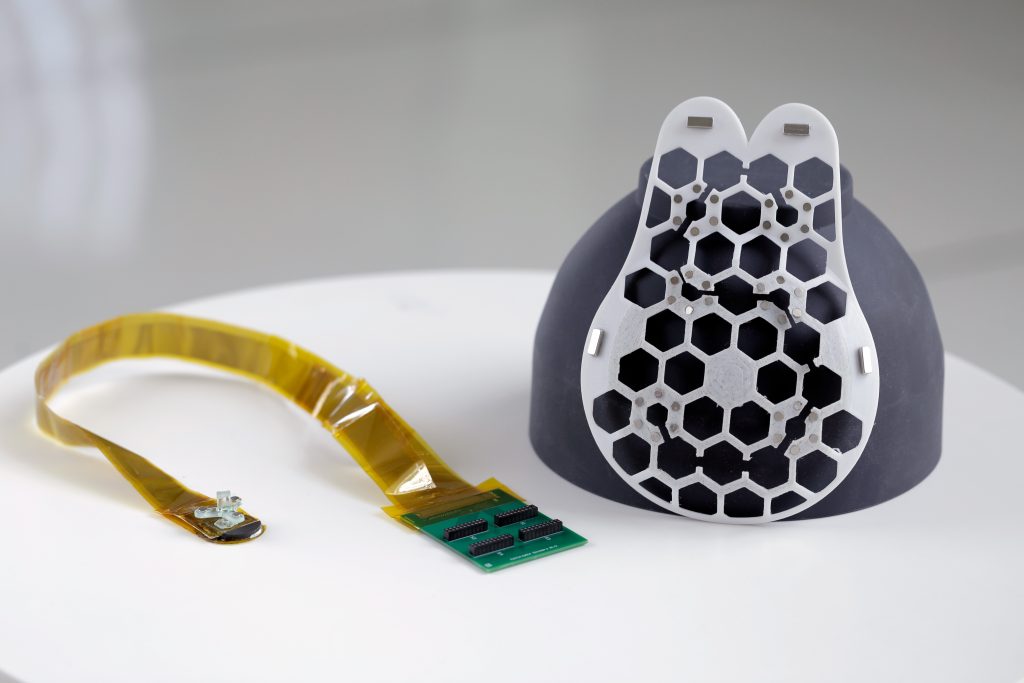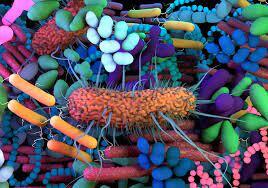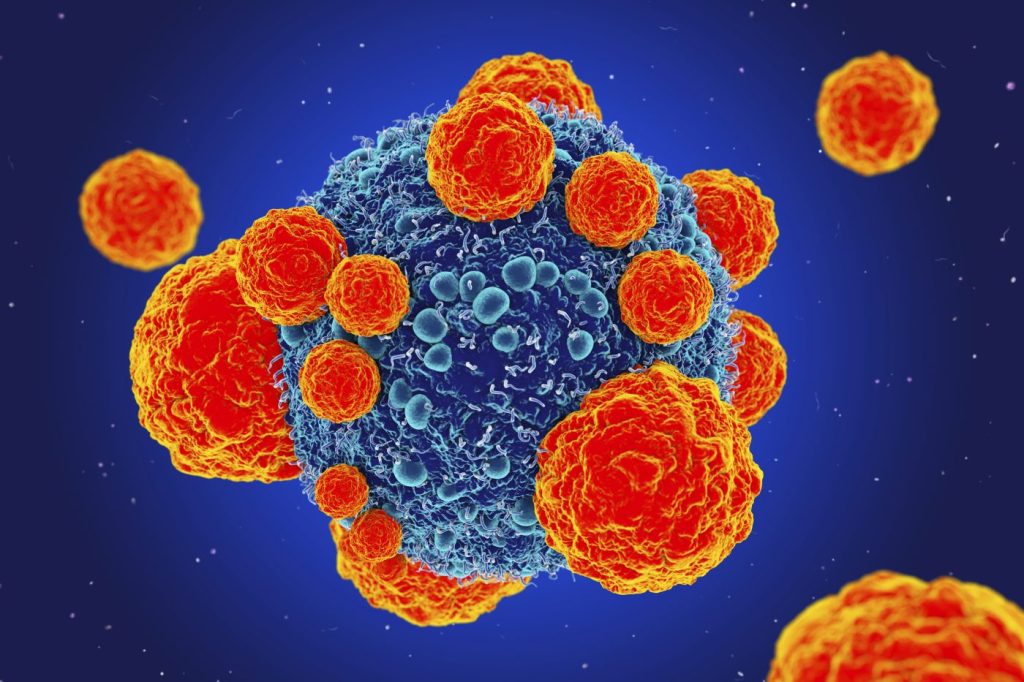Which foods may raise the risk of colon cancer and which may decrease it?
One common cancer type that can have a negative impact on one’s health is colorectal cancer. The risk factors for colorectal cancer and ways in which individuals can lower their risk are still being studied. Higher consumption of white bread and alcohol was linked to a higher risk of colorectal cancer, according to data from a recent study. On the other hand, they discovered that a lower risk of colorectal cancer was linked to increased intakes of fiber, calcium, magnesium, phosphorus, and manganese. There are various forms of cancer that are still poorly understood by specialists. Despite significant advancements in the field, the reasons behind some people’s development of a particular type of cancer remain unclear. One type of cancer that can be severe and occasionally fatal is colorectal cancer. Researchers are still trying to figure out how people can lower their risk of colon cancer. The risk of colorectal cancer associated with the consumption of specific foods and nutrients was investigated in a study published in Nutrients. Researchers analyzed data from more than 118,000 participants and discovered that consumption of white bread and alcohol was linked to an increased risk of colorectal cancer, but higher intake of fiber and nutrients, such as calcium, was linked to a lower risk. Additional investigation will support these results and might result in recommendations for clinical practice.
The purpose of this particular study was to learn more about the relationship between dietary intake and nutrient intake and colorectal cancer. They point out that people can alter the risks associated with particular foods and nutrients, which makes this a crucial area for research. They employed data from the U.S. to perform their analysis. K. Biobank, which offers a wealth of data. They looked at the connection between the risk of colorectal cancer and 139 different foods and nutrients. They also examined the interaction between this risk and the genetic predisposition to colorectal cancer. In total, 118,210 participants were included in the study, and participants were tracked for an average of nearly 13 years. There were 1,466 cases of colorectal cancer during the follow-up. Researchers used 24-hour dietary questionnaires to gather information on food consumption. Each of the analysis’s participants finished at least two 24-hour online dietary assessments. Participants with colorectal cancer at baseline were not included in the study. Based on a number of covariates, including education level, body mass index, physical activity levels, and family history of colorectal cancer, they modified the analysis. Additionally, participants’ polygenic risk scores for colorectal cancer could be generated by researchers. Based on genetics, polygenic risk scores assist in assessing a person’s susceptibility to a given ailment.
They discovered that certain characteristics were more common in participants who went on to develop colorectal cancer. For instance, their odds of being older, having a higher body mass index (BMI), and being less physically active were all higher. Additionally, the study discovered that drinking alcohol and eating white bread were linked to a higher risk of colorectal cancer. However, there was a correlation found between a lower risk of colorectal cancer and dietary fiber, calcium, magnesium, phosphorus, and manganese. The study did not discover any proof that the genetic background of the participants affected the risk associated with nutrient consumption. Not involved in the study, Rick Miller is a principal dietitian at Miller and Everton and a registered dietitian at King Edward VII’s Hospital in London, United Kingdom. He gave his thoughts on the findings of the research to Medical News Today, saying, “An interesting finding was that the authors reported white bread, which could be defined as an ultra-processed food was associated with an elevated colorectal cancer risk, over alcohol.”. Along with the risk reduction associated with manganese intake, the authors observed an inverse risk association with dietary fiber intake. It is possible that the effects of these risks differ for men and women. “[A]ny dietary factor was significantly associated with CRC [colorectal cancer] risk among women after multiple corrections,” the study reported. “.
In a statement, the study’s non-participating board-certified osteopathic physician Dr. Brian Black stated that the results “[support] existing literature reinforcing the body of evidence that alcohol and white bread are positively associated with colorectal cancer risks.”. “These are consistent with a more comprehensive comprehension of the possible drawbacks of diets heavy in processed carbohydrates and their association with an increased risk of cancer,” he continued. All things considered, this study advances our understanding of putative colorectal cancer risk factors. But it’s also important to consider its limitations. Initially, because it concentrates on the European population, the findings may not be as generalizable to other populations. The authors also point out that their ability to examine the effects of specific nutrients on their own was somewhat constrained. Additionally, a portion of the data was self-reported by the participants, which could introduce errors. Future research, according to the researchers, may help validate the findings of this study. It might also investigate the disparity in colorectal cancer risk between genders. Future studies, according to Miller, might examine the distinction between dietary sources—plant and animal—and the relationship between lowered colorectal cancer risk and specific nutrients. He was informed by the authors that a higher dietary intake of phosphorus, magnesium, and calcium was linked to a lower risk of colon cancer.
Plant-based foods (such as plants) and animal products are abundant sources of these essential nutrients. derived from animals (dairy products, meat, and shellfish) and plants (wheatgerm, legumes, nuts, and seeds). It is challenging to conclude that the CRC risk reduction would be the same for sources derived from plants versus animals, though, because plant-based foods have a lower relative bioavailability of these micronutrients. To find out, more interventional trials would need to be carried out. All rectum and large intestine cancers are categorized as colon cancer. When polyps develop on the inside walls of the large intestine or rectum, colorectal cancer may start. The Centers for Disease Control and Prevention (CDC) have stated that colorectal cancer is one of the main causes of cancer-related deaths in the US. Sometimes, when there is a better chance of an effective course of treatment, doctors can detect colorectal cancer early. This is the reason that early colorectal cancer screening is so important. Understanding the risk factors for colorectal cancer is of interest to researchers as well. Increasing age, a family history of colorectal cancer, eating a diet low in fruits and vegetables, and obesity are risk factors. Physicians can better counsel patients about healthy lifestyle modifications that can help lower risk when researchers gain a better understanding of modifiable risk factors.
REFERENCES:
For cancer disease medications that have been suggested by doctors worldwide are available here https://mygenericpharmacy.com/index.php?cPath=77_115




